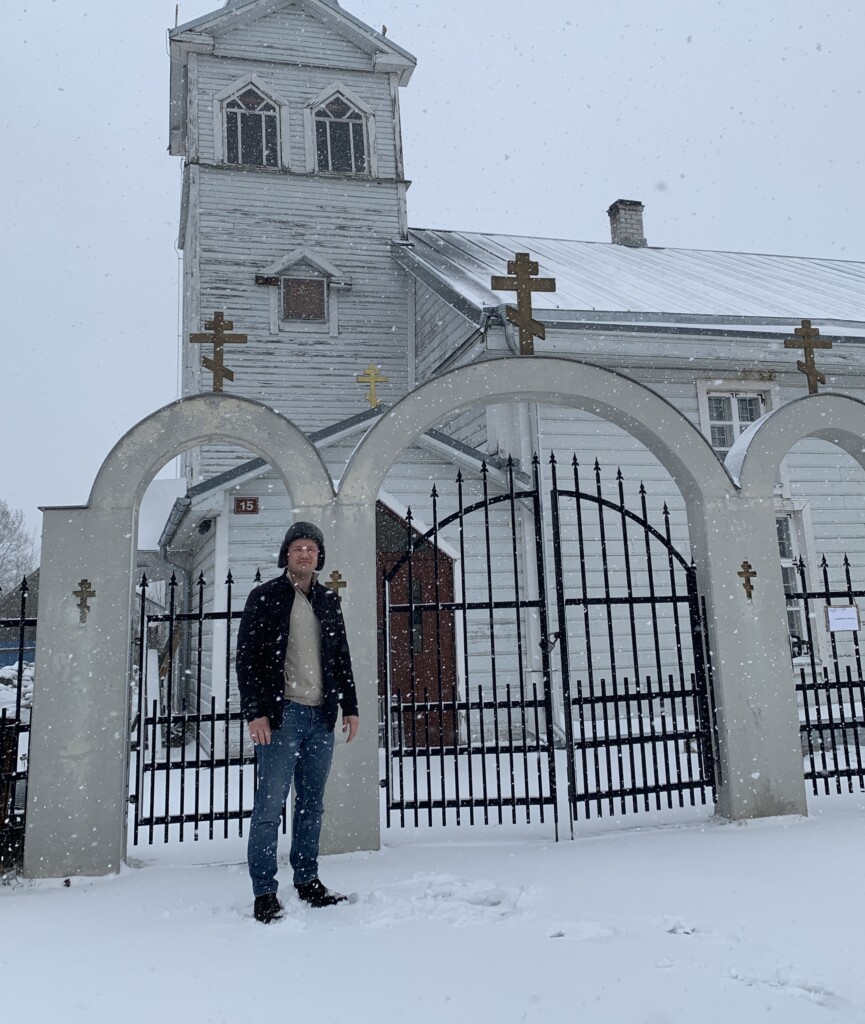
In the quiet stretches along Lake Peipus in Estonia, a unique community has preserved its ancient traditions and religious practices for centuries. These are the Russian Old Believers, a group whose steadfast faith and way of life have endured through times of turmoil and the coming and going of empires. This article delves into the history, beliefs, and modern existence of the Old Believers in Estonia and how you can visit them as well for a REAL off-the-beaten path tourist adventure.
History of the Russian Old Believers
First thing is first, a short history lesson to understand what the fuss is about the Russian old believers and why they exist in Estonia!
The story of the Old Believers began in 17th-century Russia, during a period of religious reform. Under Patriarch Nikon, the Russian Orthodox Church underwent significant changes. The reforms that Patriarch Nikon implemented were primarily aimed at correcting liturgical books and practices that had diverged from the Greek Orthodox practices over centuries due to isolation and the lack of a standard printing press.
Nikon’s overarching goal was to ensure that the Russian Orthodox Church’s rituals and texts were in alignment with those of the Greek Orthodox Church, which was considered the mother church of Eastern Orthodoxy.
Nikon’s reforms were, however, met with widespread resistance within Russia. Many clergy and laypeople, later known as the Old Believers, refused to accept these changes, seeing them as unjustified alterations to their sacred traditions. They argued that the Russian practices had been sanctified by centuries of use and the blood of martyrs, making them just as valid, if not more so, than the contemporary Greek ones.
The schism that followed, known as the Raskol, led to the persecution of the Old Believers, many of whom were excommunicated, imprisoned, or even executed for their refusal to comply with the new practices. The Old Believers maintained that their adherence to the pre-reform rituals was a matter of spiritual purity and fidelity to the ancient traditions of the Russian Church.
Facing persecution for their beliefs, many Old Believers fled Russia, seeking refuge in remote regions of the Russian Empire and beyond. One of those places was Lake Peipus in Estonia, then a dominion of the Swedish Empire. Here, along the many villages located along the shores of Lake Peipus the Old Believers established communities where they could freely practice their faith and traditions.

Religious Beliefs and Practices
The core beliefs of the Old Believers revolve around the preservation of liturgical and religious practices as they were before the Nikonian reforms. This includes the use of two fingers, rather than three, to make the sign of the cross as well as other adjustments to ensure they were performed in the same way as in the Greek Orthodox church. These changes might seem trivial from a modern-day perspective, but back in the day these changes were a serious matter.
Old Believer churches can be recognized by their more simplistic architectural design, typically lacking bell towers common in mainstream Russian Orthodox churches. Furthermore, services in Old Believer churches are conducted in Church Slavonic, which is also used in Russian Orthodox churches but with some linguistic variations preserved by the Old Believers. The pronunciation and certain liturgical texts may differ, reflecting older traditions.
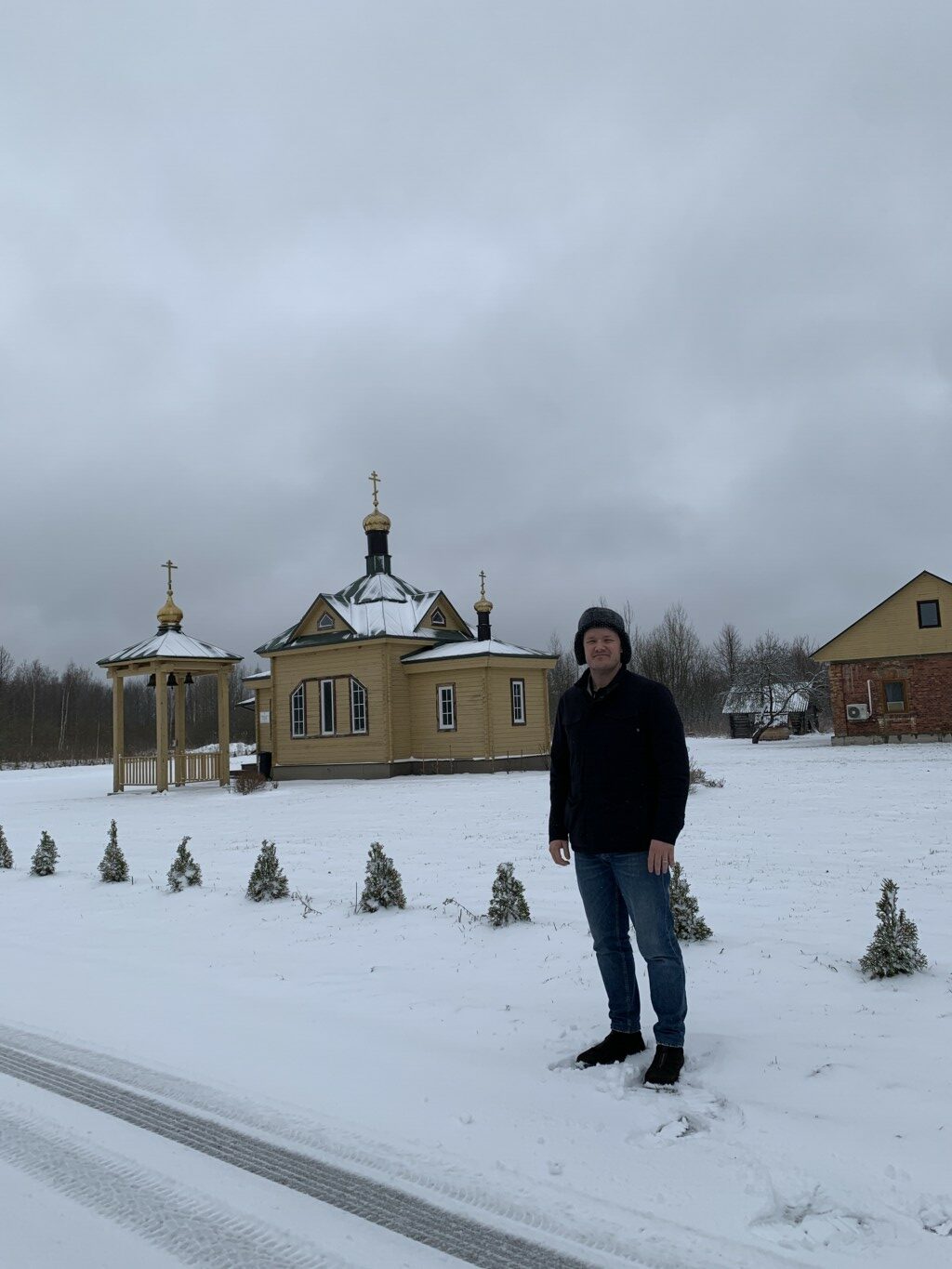
How To Visit the Old Believers in Estonia?
As mentioned above, the Old Believers are primarily found along the western shore of Lake Peipus, in areas such as Mustvee, Kallaste, and the villages around them, although Old Believer chu These communities are known for their traditional colourful wooden houses and simplistic orthodox churches (in contrast to modern orthodox churches which often have golden domes). To get there from Tallinn, I recommend that you rent a car or hire a tour guide for the day. Make sure to head out early or plan for an overnight stay in Tartu.
The trip to Lake Peipus, on the border with Russia, takes about 2 hours and 30 minutes from Tallinn and I suggest that you start your journey at either one of the small town of Mustvee or Kallaste.
In Mustvee, there is a small Old Believers museum which showcases, samovars, clothing and irons used by the Old Believers, while in Kallaste you can visit an Old Believers prayer house. Make sure you visit the chapel on a Sunday at 9 am if you want to partake in a prayer.
After visiting Kallaste, continue on the road along the coast of Lake Peipus, and be sure to make stops at the three small villages located next to one another: Kolkja, Kasepää, and Varjna. These village gives a feeling like time has stood still for at least 50-70 years. Old colorful wooden houses and cottages along with traditional wooden churches makes these villages unique. Here, Russian is by far more common than Estonian, so if you know a few words in Russian this is the place to use them.
For lunch, I recommend that you stop by the small restaurant “Kala-sibula restorant” in Kolkja for an authentic Russian old-believer meal. The owner is very welcoming and is an old believer herself, proudly showcasing photos of her ancestor that hang on the wall. Furthermore, the owner will happily tell you all about the Old Believers and their way of life, she even took out a 100-year-old psalm book written in Old Church Slavonic and sang a psalm for us, amazing! As for the food I recommend that you try the Bream, caught straight from the Lake, and for dessert a traditional Russian pancake (known as blini). Wash that down with tea from a traditional samovar and you will have had an authentic experience.
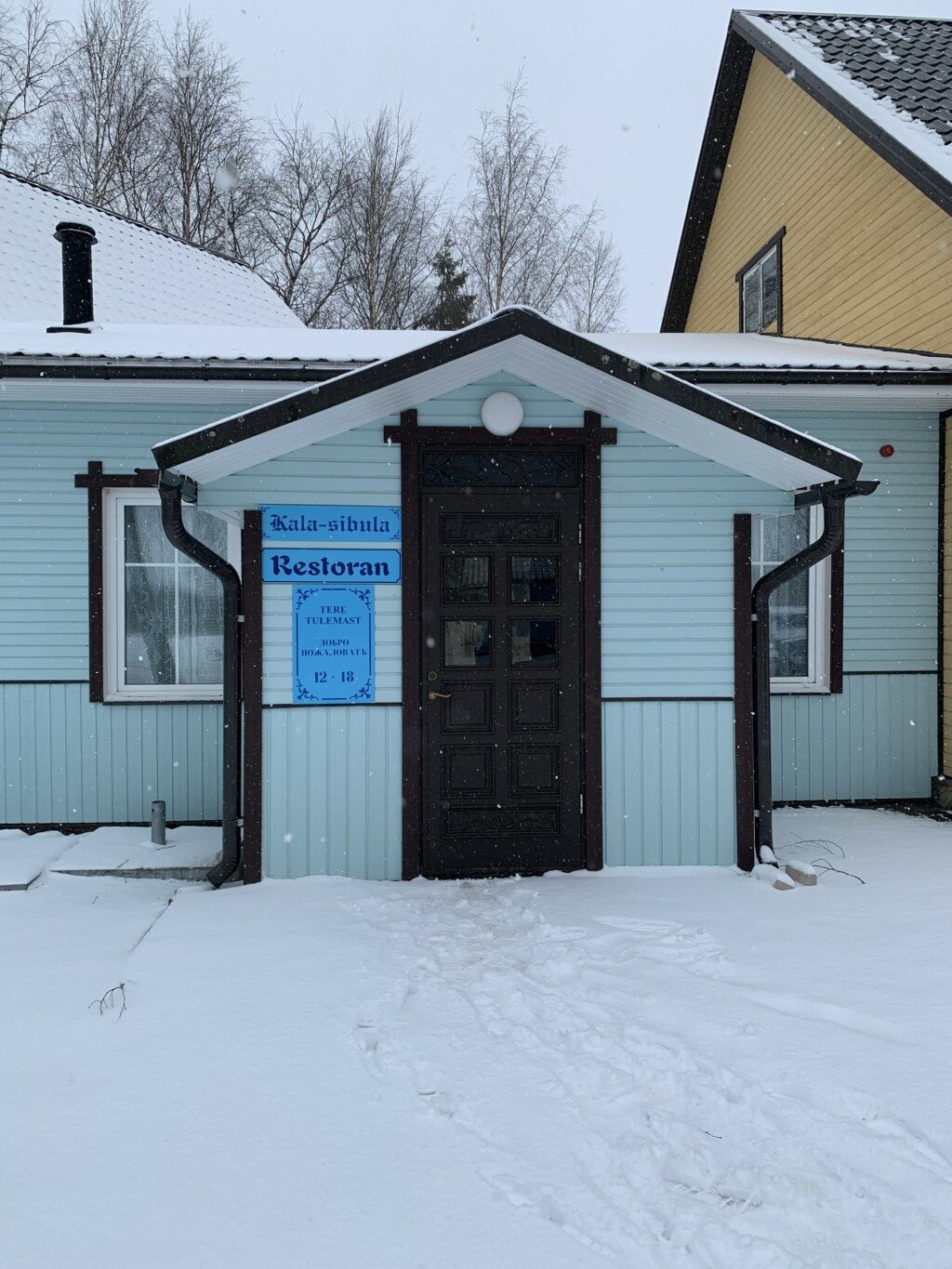
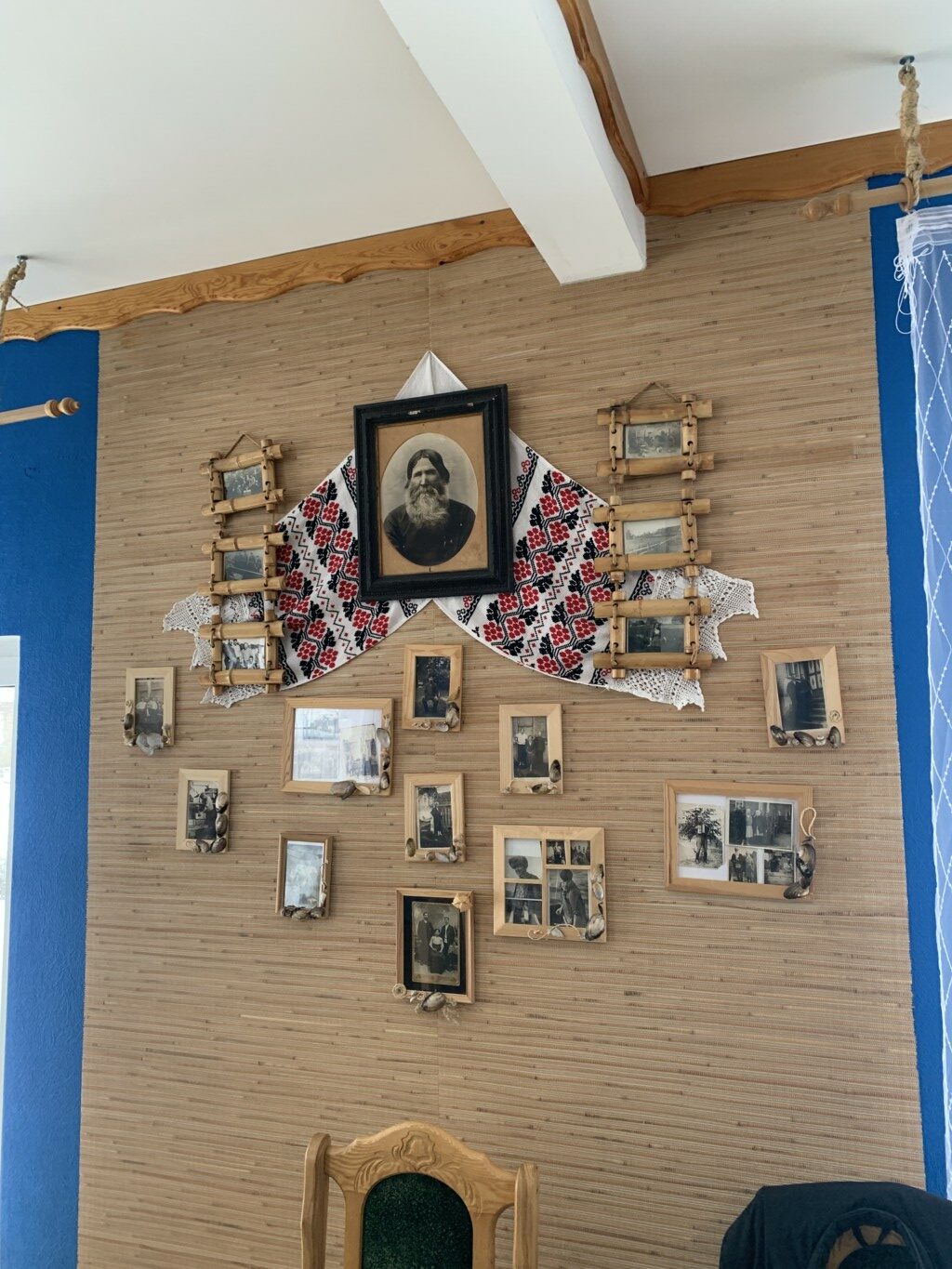

Challenges and Modernity
The modern world poses significant challenges to the Old Believers’ way of life. Assimilation pressures, the allure of urban living, and the dilution of cultural practices threaten the preservation of their distinct identity. Yet, in my opinion it is nothing short of remarkable that this community has been able to preserve their tradition and faith for almost than 400 years! According to statistic, there are about 15 000 Old Believers and 11 parishes in Estonia, a number that is decreasing by the year, partly due to the reasons above and partly due to lower birth rates. And who knows, within 50 years from now, Old Believers in Estonia might only be a relic from the past which we only read about in history books. So make sure you visit them now before it might be to late!
Recognizing the cultural and historical value of the Old Believers, efforts have been made by the government and private individuals to safeguard their traditions. These include educational projects, the documentation of cultural practices, and the promotion of Old Believer heritage through tourism, such as this blog post (although I’m not sponsored)! Support from the Estonian government and international organizations has been crucial in these preservation efforts.
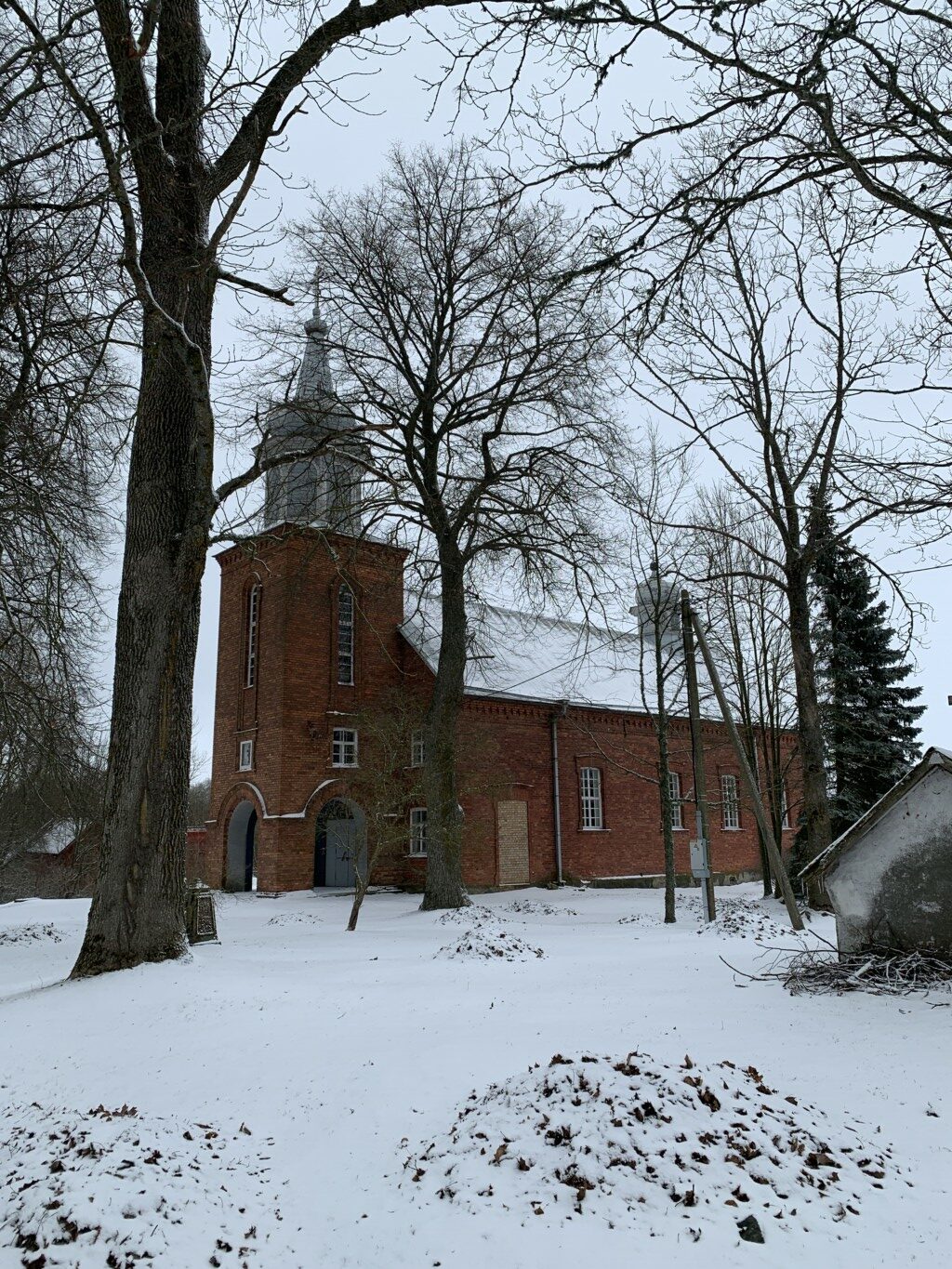
Conclusion
The Russian Old Believers in Estonia represent a fascinating example of cultural perseverance and a visit to their villages on the shores of Lake Peipus will leave you feeling that you have experienced something truly unique! Their story is a testament to the strength of faith and tradition in the face of World Wars, Communism, and persecution. As the world becomes increasingly globalized, the existence of such communities reminds us of the importance of preserving diverse cultures and beliefs. I mean, how boring would the world be if we all followed the same TV shows, ate the same food, had the same traditions and wore the same clothes? It would be a dystopian world that I would not want to live in…
The future of the Old Believers in Estonia will undoubtedly face challenges, but their history suggests a resilience that will continue to sustain their unique way of life. For those interested in exploring something very unique far from the old town of Tallinn, the Old Believers offer a window into a world where the past is very much alive.
